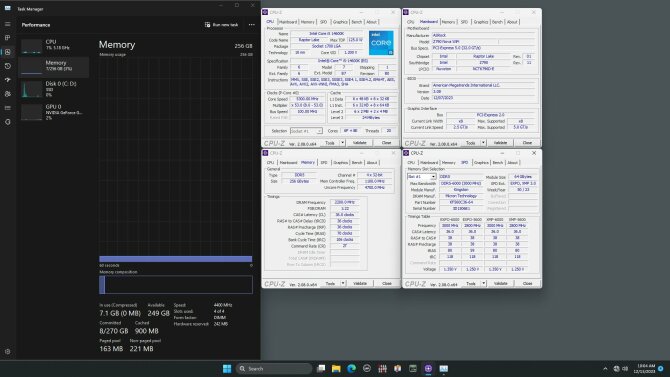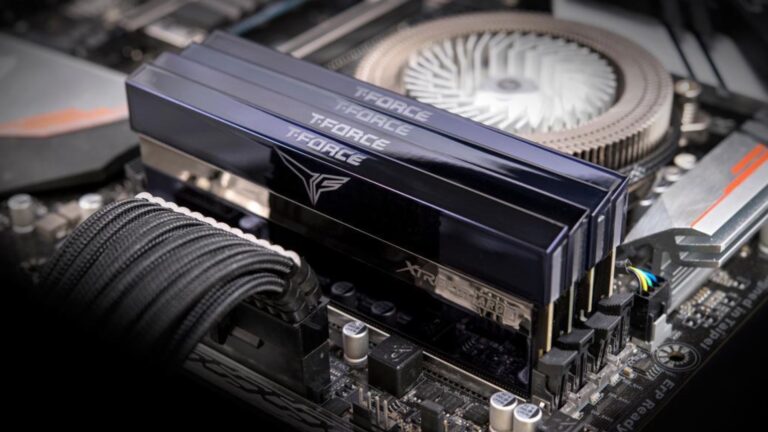That ought to be nearly sufficient RAM for a few tabs of Chrome.
Seeing how far PC technology has come is always exciting. Even if we don’t require anything, these forward actions can open up new experiences and potential. The development of memory capacity on consumer motherboards, which has gone from 192GB to 256GB, is the relevant example here. Given that ASRock and MSI have declared their endorsement of this new standard, it seems likely that Gigabyte and Asus won’t be far following.
MSI declared that DDR5 memory installs up to 256GB are now possible. It is unclear which boards are compatible with it, but we do know that Z790 boards for Intel will be the first to get it. It is also unclear if this feature will be available for standard X670 AM4 boards or only X670E boards. We’re not sure when we’ll find out if it’s just some or all of them, though, because even flagship boards like the Z790 Godlike are still listed as supporting 192GB when we browse around MSI’s website. ASRock declared that the Z790 Nova WiFi and X670E-Taichi will support the new standard, according to Tom’s Hardware. New 64GB DDR5 DIMMs manufactured with Micron memory are used to do this.

Micron memory powers the Kingston Fury Renegade KF560C36-64 memory kits used by both companies; Kingston has not updated its product page yet, but it still shows them topping out at 48GB for a single module, suggesting that these could be arriving in early 2024. Micron’s 1β (1-beta) process, which will be its main focus until it moves to 1-gamma in 2025, allowed for this advancement in RAM capacity.
These sticks are DDR5-6000, which is not the fastest DDR5 available but is said to be the greatest speed for AMD’s X670 chipset in terms of performance and stability, according to the screenshot that ASRock showed above. The modules also enable AMD EXPO and one-click overclocking via XMP 3.0 and on both platforms.
Although 64GB of RAM may not be necessary for most desktop users, power users who prefer mini-ITX builds may benefit from the availability of 64GB modules, which could allow for 128GB of DDR5 in just two slots, providing plenty of power in a very small package. If you feel that 64GB of RAM is insufficient, Micron also plans to release 128GB sticks in 2025, along with 256GB modules in 2025. That will undoubtedly be sufficient when we can have over 1TB on a consumer motherboard, and those 256GB sticks will operate at 12,800MHz, meaning our gaming rigs will be very powerful by that time.

